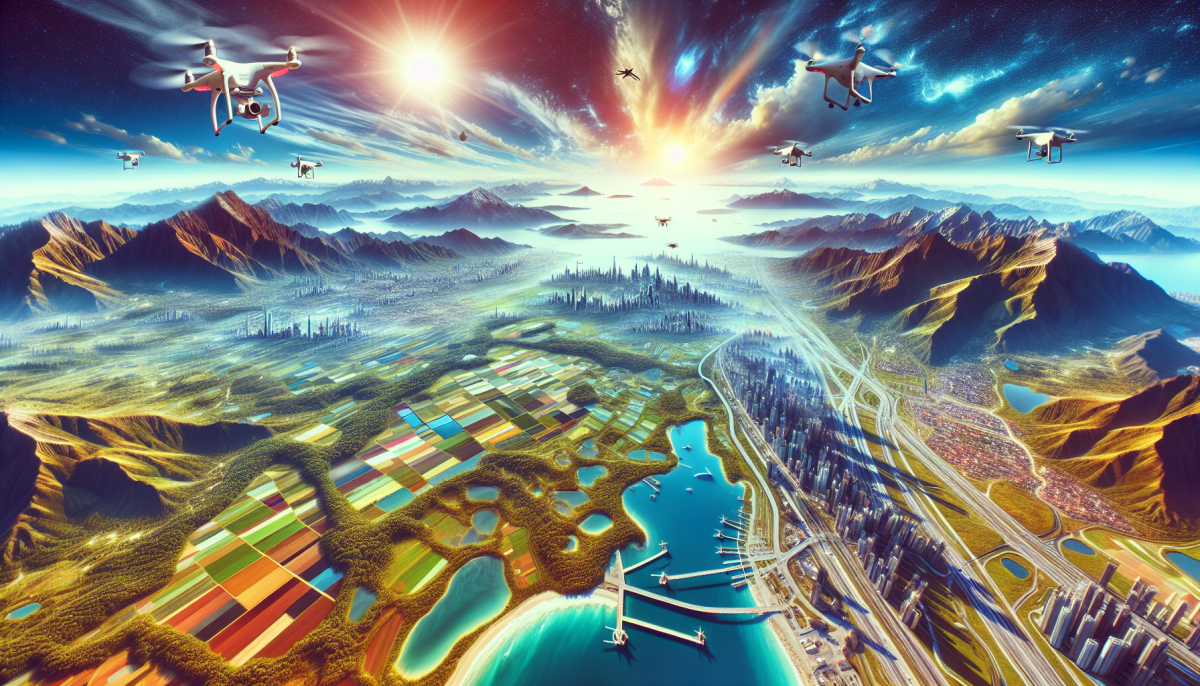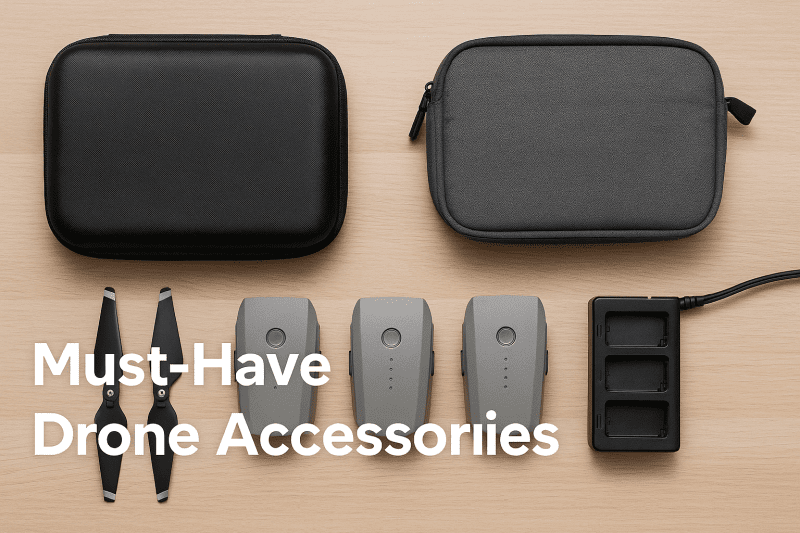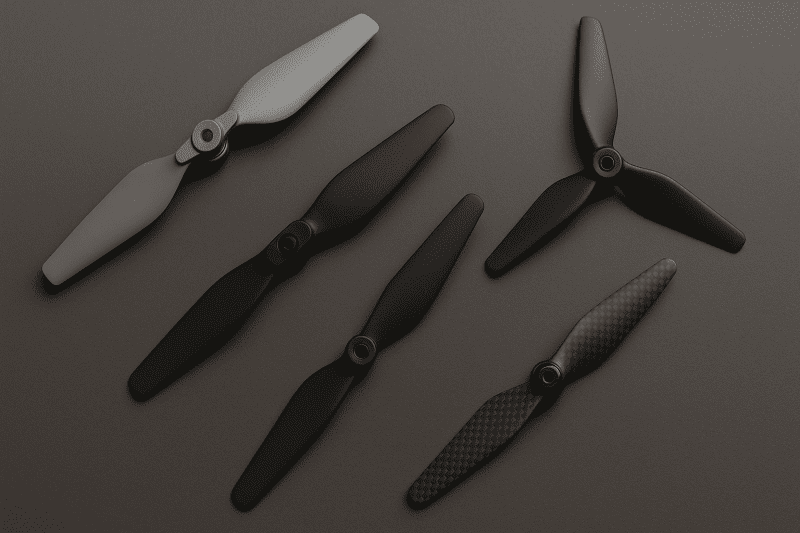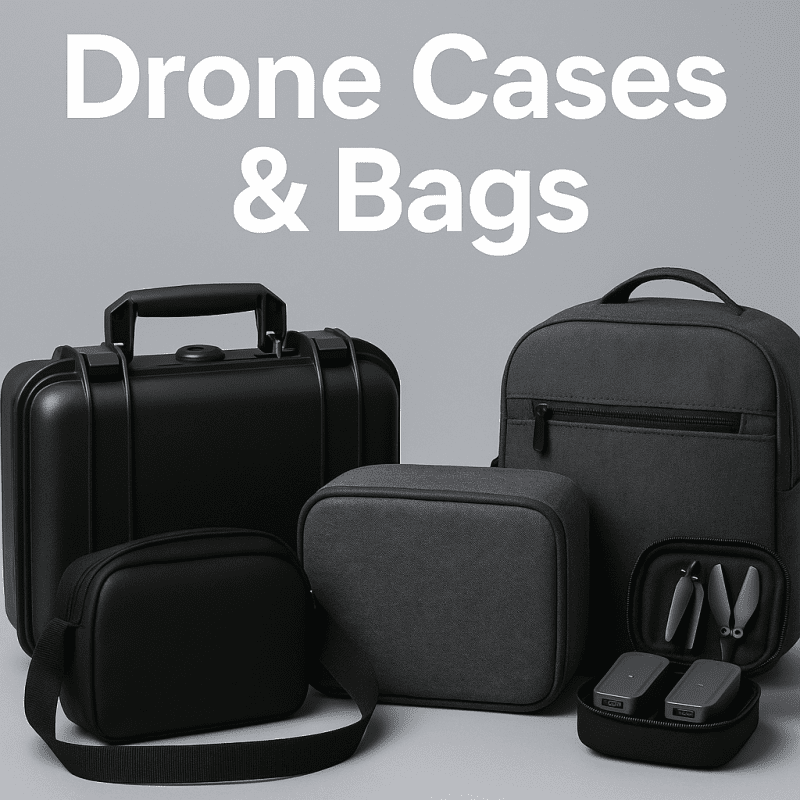The Rise of Camera Drones: A Brief History of Aerial Photography
Aerial photography has been around for over a century, but it wasn't until the advent of camera drones that it became accessible to the masses. Here's a brief history of how we got to where we are today.
Early Days
The first known aerial photograph was taken from a hot air balloon in 1858 by French photographer Nadar. Over the following decades, other photographers experimented with capturing images from balloons, kites, and even pigeons equipped with cameras. However, these methods were expensive, difficult to control, and often risky for the photographer.
The Rise of Planes
With the advent of airplanes in the early 1900s, aerial photography became much more accessible. In World War I, both sides used planes to gather intelligence through aerial photography. After the war, photographers continued to use planes for aerial shots, but the high cost of renting planes and hiring pilots limited its use to a few professionals.
The Age of Helicopters
In the 1940s and 50s, helicopters began to be used for aerial photography. They were more maneuverable and could hover in place, allowing for more precise shots. However, the cost of renting helicopters was still prohibitive for most photographers.
The Birth of Camera Drones
In the early 2000s, the first unmanned aerial vehicles (UAVs), commonly known as drones, began to be used for aerial photography. Initially used for military and surveillance purposes, consumer drones gradually became more affordable and easy to use, allowing photographers of all levels to capture stunning aerial images.
Today, camera drones are used by hobbyists, photographers, filmmakers, and even real estate agents, providing a unique perspective and opening up new possibilities for creative expression.
The Future of Aerial Photography
As technology continues to advance, camera drones are becoming more sophisticated, with longer battery life, better camera stabilization, and the ability to automatically follow a subject. We can expect to see even more creative uses of drone photography in the future, from wildlife conservation to disaster response to the exploration of remote and inaccessible places.
Exploring the Benefits and Limitations of Camera Drones for Professional and Hobbyist Use
Camera drones have become increasingly popular in recent years, with both professional and hobbyist users finding practical and creative uses for them. While there are many benefits to using camera drones, there are also a few limitations that users should be aware of.
Benefits of Camera Drones
- Aerial Photography: One of the main benefits of using a camera drone is the ability to capture stunning aerial photographs and videos. Drones allow users to capture images from angles and heights that would be impossible for a photographer on the ground.
- Cost-Effective: Camera drones can be a cost-effective alternative to traditional aerial photography methods such as hiring a helicopter or plane. This makes it more accessible for both professional and amateur photographers to get high-quality aerial shots without breaking the bank.
- Real Estate Marketing: Real estate agents can use camera drones to capture stunning aerial shots of properties, allowing potential buyers to get a better idea of the property layout and surrounding area.
- Safety Inspections: Camera drones can be used to conduct safety inspections of difficult-to-reach areas such as roofs or high-rise buildings. This can be safer than sending a person to the location, reducing the risk of injury and liability.
- Search and Rescue: Camera drones equipped with thermal imaging cameras can be used in search and rescue operations to locate missing persons, especially in areas that are difficult to navigate on foot.
Limitations of Camera Drones
- Battery Life: One major limitation of camera drones is their battery life. Most drones can only fly for a limited amount of time before needing to be recharged.
- Weather Conditions: Camera drones are sensitive to weather conditions such as rain or strong winds, which can make it difficult or unsafe to operate them.
- Federal Restrictions: Camera drones are subject to regulations and restrictions imposed by the Federal Aviation Administration (FAA). Users must obtain a license and follow strict guidelines to operate a camera drone for commercial purposes.
- Privacy Concerns: Camera drones can raise privacy concerns, especially when used in residential areas. It is crucial for users to respect the privacy and property rights of others when operating a camera drone.
- Technical Skill: Camera drones require technical skill to operate effectively. Users must be familiar with the equipment and its limitations to avoid accidents and capture high-quality footage and images.
Overall, camera drones offer many benefits for both professional and hobbyist users. However, it's important to be aware of the limitations and regulations to ensure safe and responsible use of this technology.
Navigating the Regulatory Landscape: Legal and Ethical Considerations for Flying Camera Drones
As the popularity of camera drones continues to rise, so does the concern around their legal and ethical implications. Drone technology has come a long way, and these aerial devices can now capture stunning photos and videos from unique perspectives that were once virtually impossible to achieve. However, when it comes to flying camera drones, there are several legal and ethical considerations every user should be aware of.
Regulations to Follow
One of the primary considerations for anyone flying a camera drone is to comply with the regulations put in place by the Federal Aviation Administration (FAA). Commercial drone pilots must obtain a Remote Pilot Certificate from the FAA before they begin flying their drone for profit. Additionally, recreational drone pilots must follow specific guidelines for flying their drone, including:
- Registering their drone with the FAA
- Limiting the drone's altitude to 400 feet
- Adhering to a strict no-fly zone for certain federally protected areas
- Maintaining visual contact with the drone at all times
It's essential to review all regulations before flying a camera drone, as noncompliance can result in steep penalties and fines.
Ethical Considerations
While legal regulations help ensure the safety and privacy of others, there are ethical considerations every camera drone user should keep in mind as well. Drones have a significant impact on people's privacy, and it's critical to respect the privacy of others while flying. Additionally, drones can cause nuisance, and the sounds emitted by them can be a disturbance to homeowners in the vicinity.
It's also worth noting that flying a camera drone may infringe on other people's rights to capture images in public spaces. For example, if you're flying a drone near a public event, other people may want to capture photos and videos of the event. In such cases, it's essential to not obstruct their view and be mindful of others around you.
The Bottom Line
Flying a camera drone can be an exhilarating experience, but it comes with significant responsibilities. Understanding and complying with all legal regulations, being ethical, and being mindful of others are essential considerations for flying a camera drone. With proper preparation and care, you can enjoy the benefits of capturing stunning aerial images and videos while keeping safety and privacy in mind.




